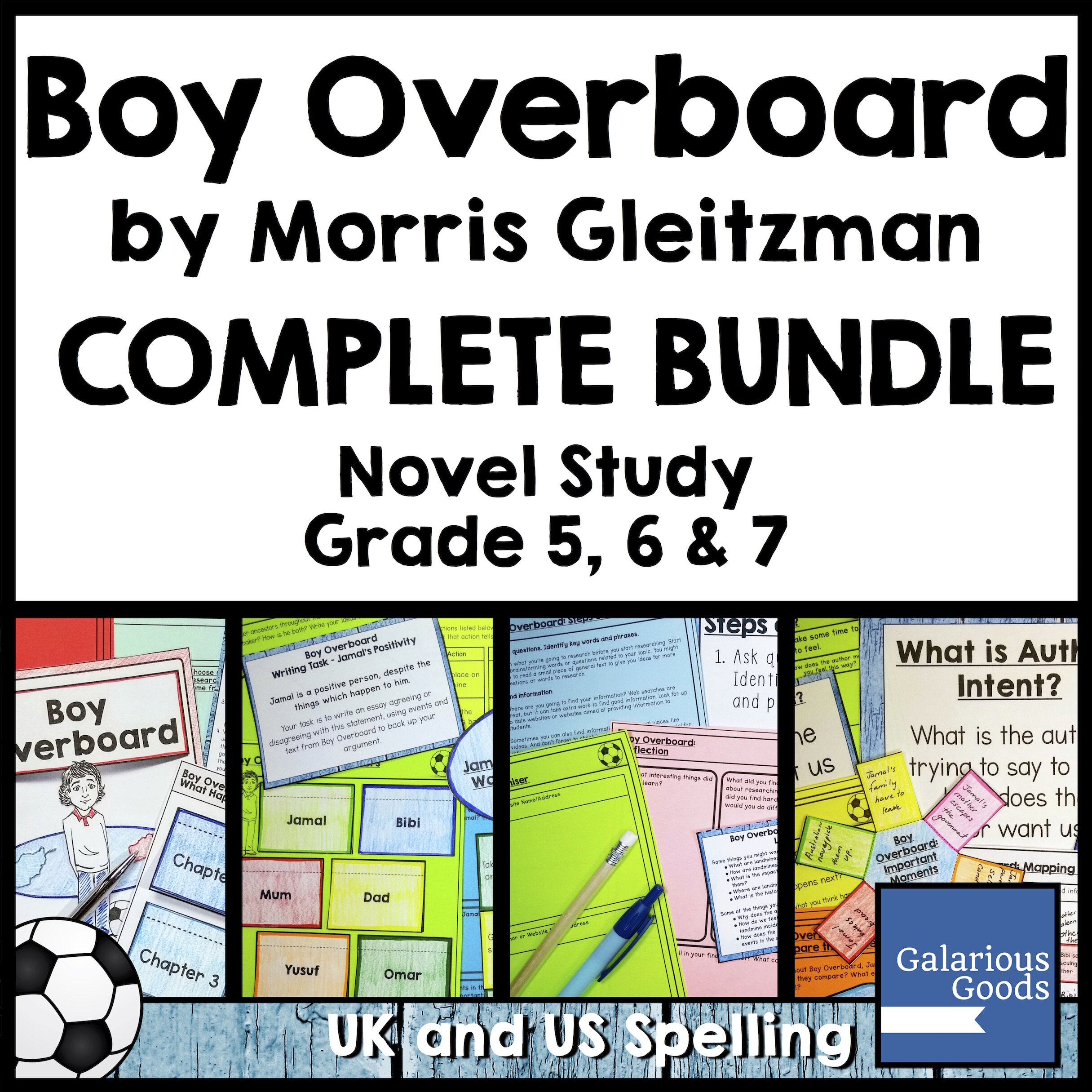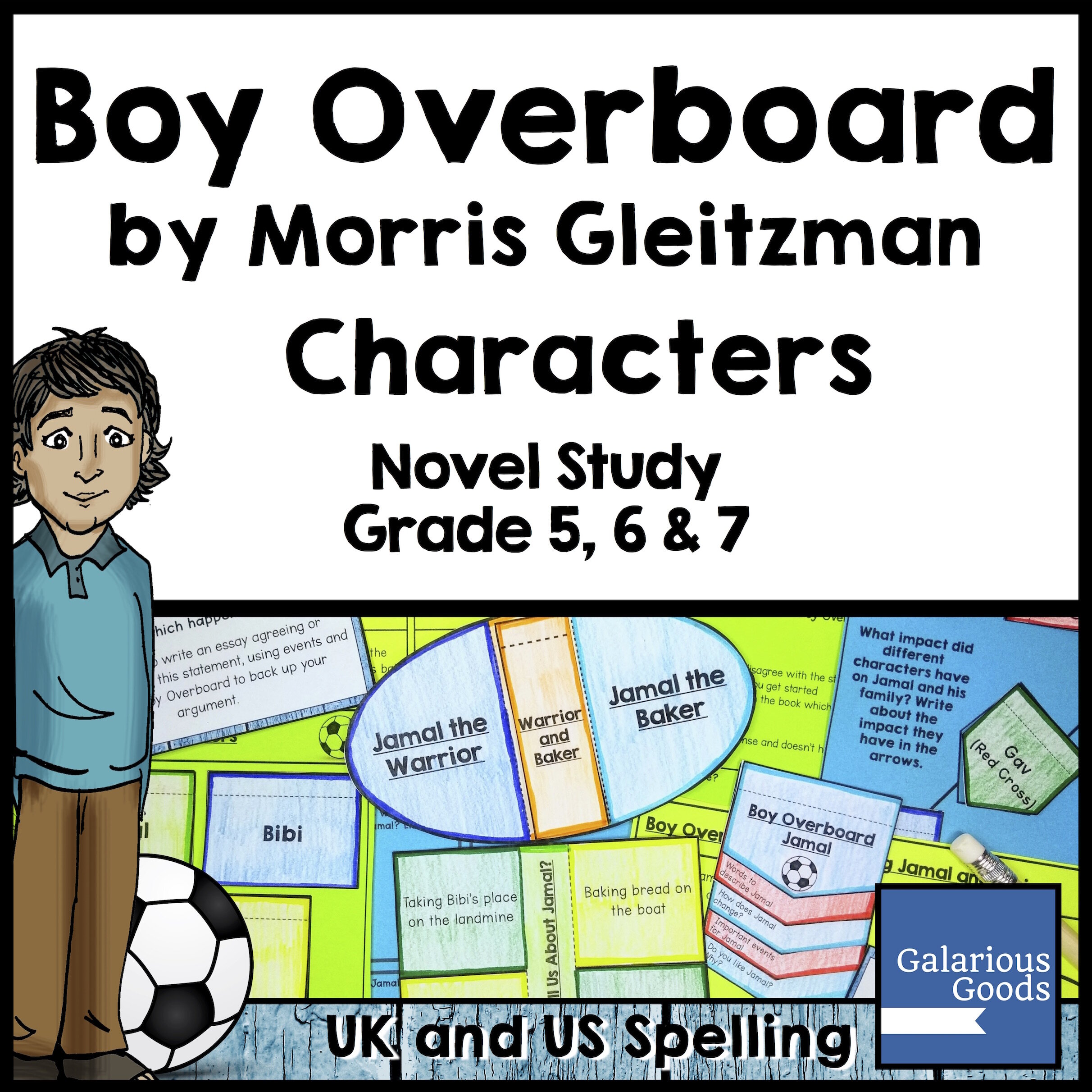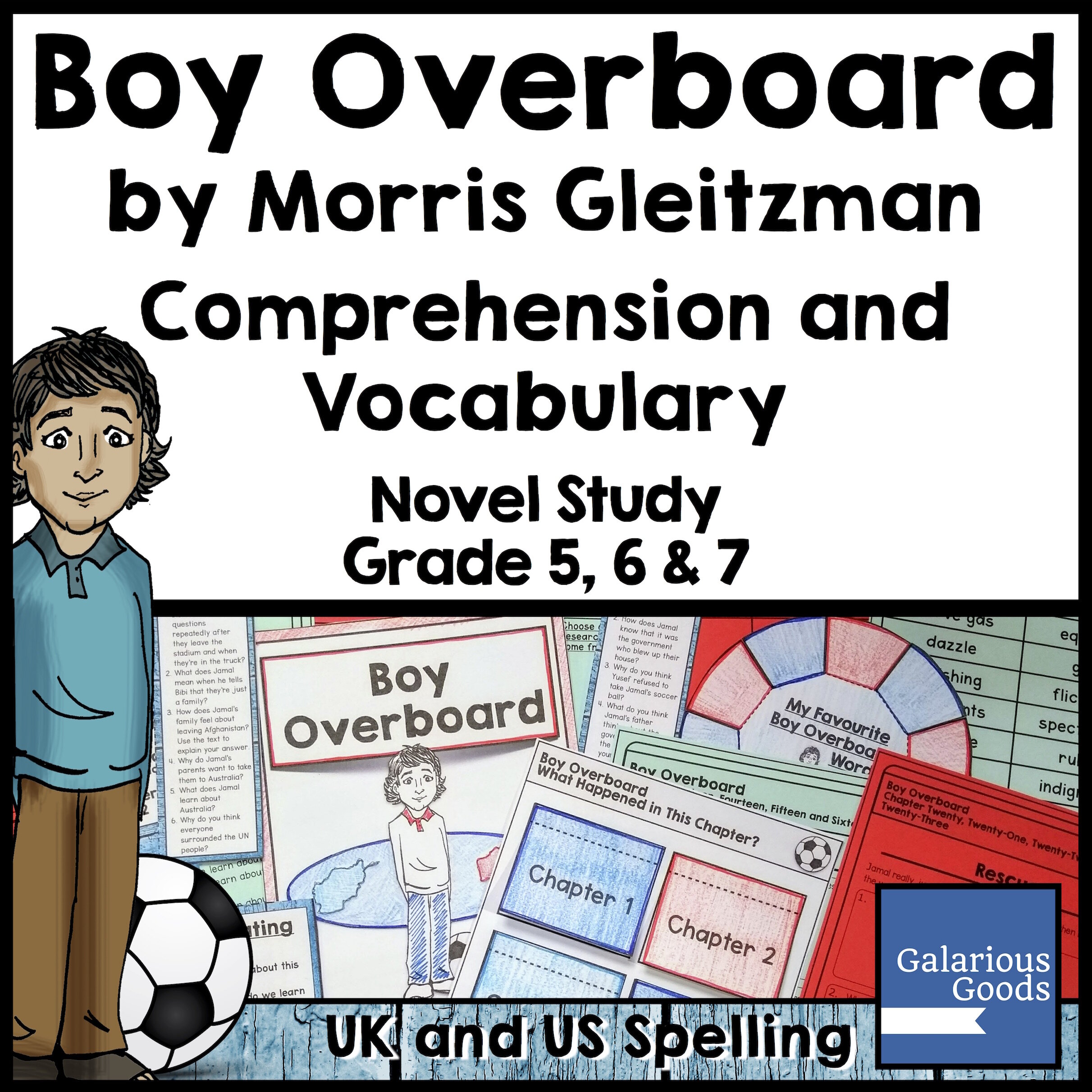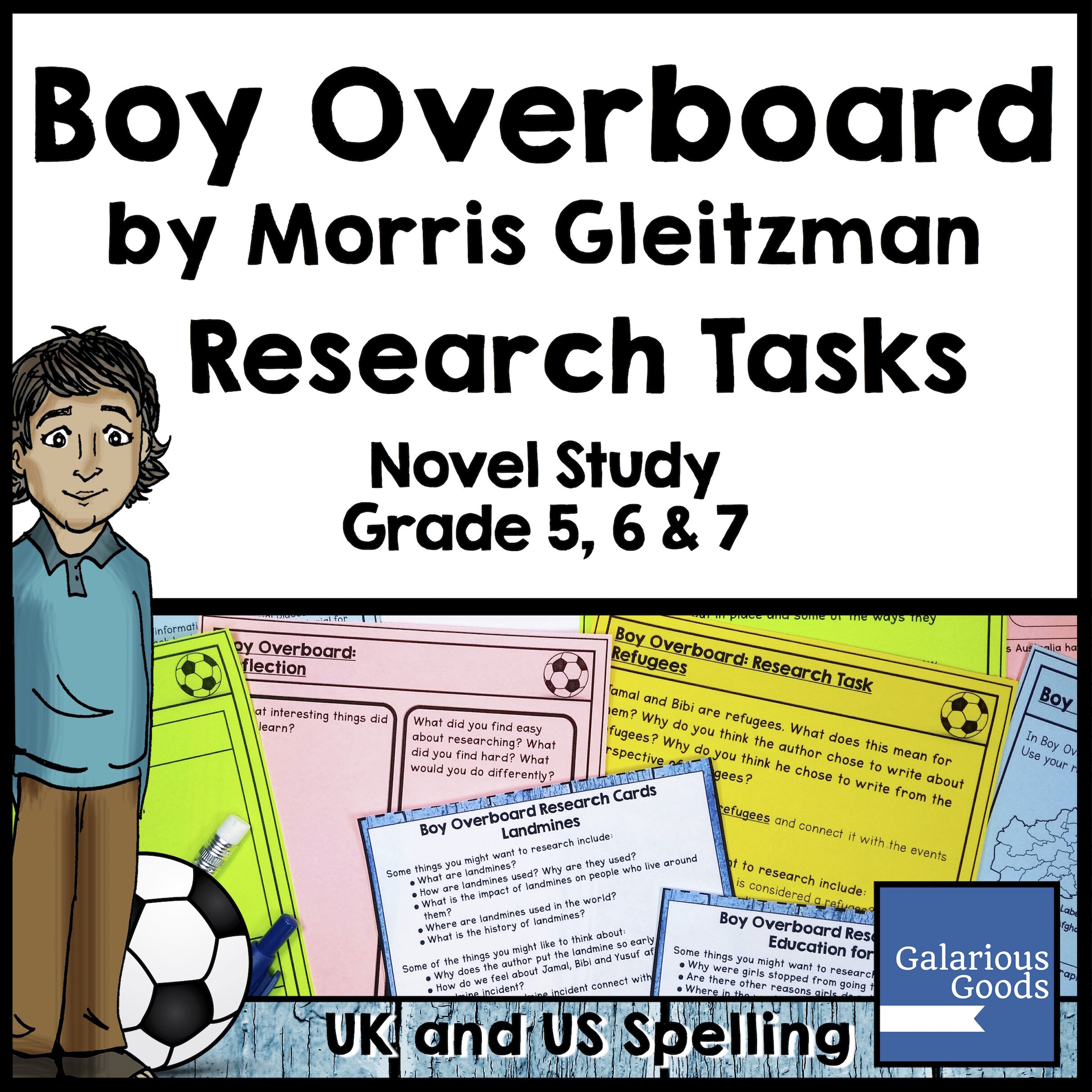Using Boy Overboard in the Classroom
/What kind of book brings together soccer, bread, the horror of living under an authoritarian regime, the importance of education and a side of humour? Boy Overboard by Morris Gleitzman, of course. This modern Australian classic is a classroom favourite, and it’s not hard to understand why.
But while this book deals with a particular time period - it has many universal themes which continue to be important and worthy of exploration (inside and outside our classrooms) today.
Boy Overboard tells the story of Jamal, a football (soccer) mad boy who lives in Afghanistan in the early 2000s. After his family find themselves in trouble with the Taliban, they are forced to flee - first to a refugee camp and then around the world. They're aiming to build a new life in Australia - where Jamal hopes he and his sister will become famous football stars who will be able to return to Afghanistan as heroes one day.
This book deals with a particular refugee crisis which happened while the Taliban was controlling most of Afghanistan. This is history to our students, events which occurred before they were born. But the notion of refugees escaping great danger and searching for a safe place is a notion which is still - unfortunately - relevant today.
This allows our students many ways to build connections between the ‘history’ of Boy Overboard and the world in which they live today. Students can explore why people leave their home countries, willing to travel through dangerous conditions to start a new life elsewhere. No one in Jamal's family are happy to leave their home and they sacrifice many things to find safety and peace.
Jamal and his family find themselves in a refugee camp. With more than 25 million people in the world considered refugees, there are camps in many places around the world. Students can explore what conditions are like in these camps and how organisations and innovators have worked to make these conditions better.
Another element students can look at is the obligation of countries to refugees. Throughout their journey, people take advantage of Jamal and his family and the other refugees. Meanwhile, governments make decisions which can be hard to understand - especially when we get to know the individuals involved. The 1951 Refugee Convention is a legal agreement which determines the rights of refugees. This may form the basis of a discussion about rights and responsibilities and how countries can meet their responsibilities to refugees today.
Beyond refugees, students can examine what it is like to life under an authoritarian regime such as the one Jamal lives under in Afghanistan. Boy Overboard acknowledges many of the rules imposed on the citizens of Afghanistan and allows students to explore this form of government.
Students can also relate to Jamal’s situation when he often doesn’t understand the full story. Jamal isn’t written as an all-knowing creature. Instead he is a boy who doesn’t always have all the information, who doesn’t always come to the right conclusion. Students can compare him with other characters or connect this feature of Jamal with their own experiences.
Boy Overboard is truly a great classroom read, either as a read aloud, for a whole class read or for small group work. The characters are interesting and worth exploring, the events of the story allow for exploration, the choices of the author can be discussed. It tackles a serious topic, but maintains the soft humour Morris Gleitzman is well known for.

















